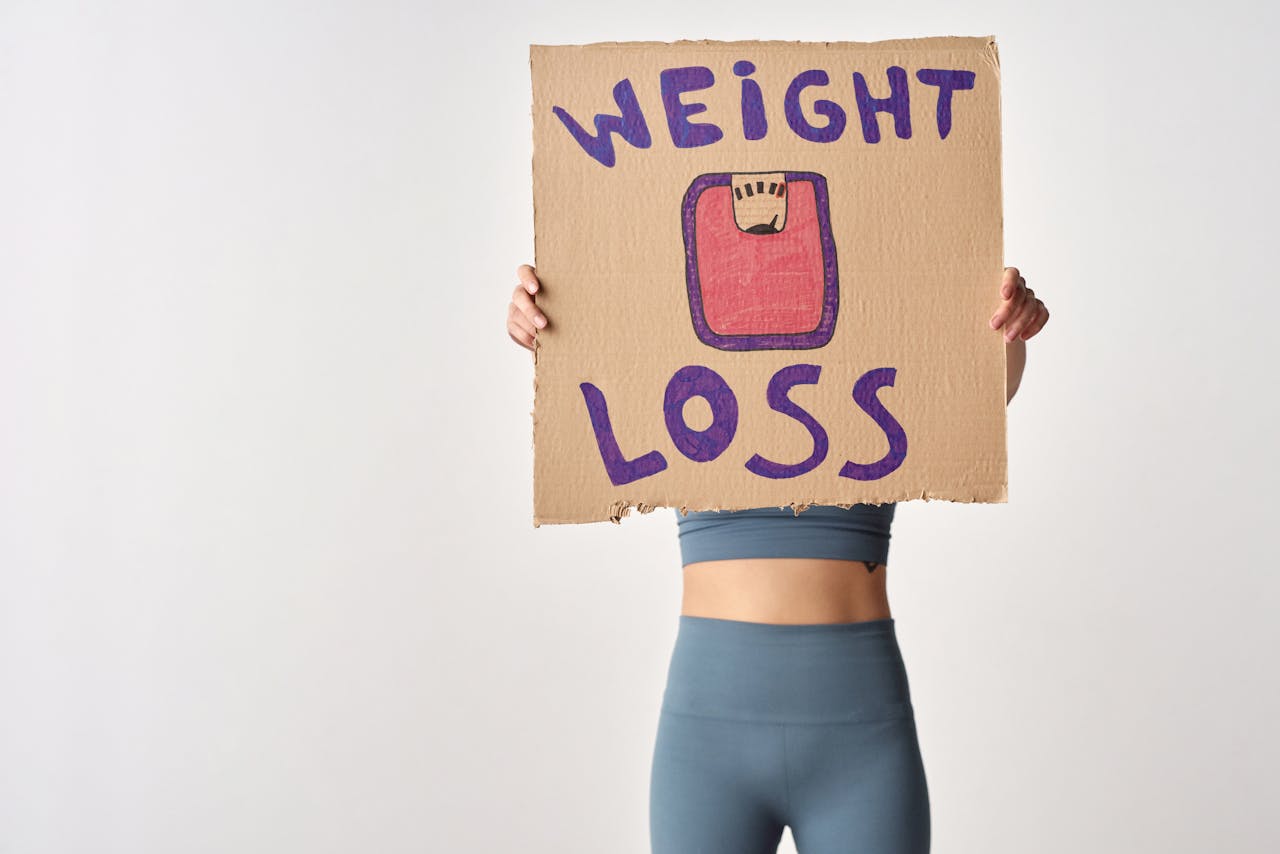Contents
When it comes to fat loss, one of the most common mistakes is aiming for speed instead of sustainability. While rapid weight loss might seem appealing, it often leads to muscle loss, metabolic slowdown, and eventual weight regain. In contrast, targeting a steady reduction of 1 pound of body fat per week provides a scientifically supported and sustainable path to long-term results.
This approach aligns with how the body naturally adapts to caloric deficits and exercise stress. It promotes fat loss while preserving lean muscle mass, supporting metabolic function, and reducing the likelihood of rebound weight gain. In this article, we’ll explore the physiological basis of this method, why it’s effective, and how to implement it safely for better body composition and overall health.
What Does Burning 1 Pound of Fat a Week Mean?
Body fat is stored energy. To lose one pound of fat, you need to create a caloric deficit of approximately 3,500 calories over the course of a week.
That’s equivalent to:
- A daily deficit of 500 calories
- Through a combination of reduced food intake and increased physical activity
This can be achieved by:
- Eating 250 fewer calories + burning 250 calories through exercise
- Eating 500 fewer calories (diet-only)
- Burning 500 extra calories per day (exercise-only—less common and harder to maintain)
Why This Goal Is Recommended
1. It’s Sustainable and Realistic
Trying to lose 2–3 pounds per week often leads to:
- Muscle loss
- Metabolic adaptation
- Nutrient deficiencies
- Rebound weight gain
Losing 1 pound per week allows your body to:
- Preserve lean muscle mass
- Maintain hormonal balance
- Avoid extreme hunger and fatigue
The Centers for Disease Control and Prevention (CDC) recommends 1–2 pounds of weight loss per week as a safe and sustainable rate (CDC, 2022).
2. Supports Muscle Retention and Metabolism
A slower rate of weight loss helps maintain:
- Basal metabolic rate (BMR)
- Muscle mass, which is essential for long-term fat loss
Research shows that preserving muscle mass during fat loss improves body composition and post-diet metabolic rate (Stokes et al., 2020).
3. Reduces Risk of Yo-Yo Dieting
Crash dieting often leads to:
- Regained weight (plus more)
- Psychological stress
- Loss of motivation
The 1-pound rule focuses on building habits over hype, leading to higher long-term adherence and success.
4. Easier to Track and Adjust
Setting a goal of 1 pound per week allows for:
- Measurable, weekly benchmarks
- Adjustments if plateaus occur
- Clear understanding of your energy balance and lifestyle
How to Create a 3,500-Calorie Weekly Deficit
Step 1: Calculate Your Total Daily Energy Expenditure (TDEE)
Understanding your Total Daily Energy Expenditure (TDEE) is the first crucial step in managing your calorie intake. Your TDEE is an estimate of how many calories you burn each day when accounting for your Basal Metabolic Rate (BMR) and activity levels.
To accurately calculate your TDEE, you’ll need to consider:
- Age: Metabolism naturally changes with age.
- Gender: Men and women typically have different metabolic rates.
- Weight: Your body mass directly impacts energy expenditure.
- Activity Level: This is critical, ranging from sedentary to very active, and includes both planned exercise and daily movement.
If calculating these values manually seems complicated, use our daily calorie intake calculator for a quick and precise estimate.
Step 2: Establish a Calorie Deficit (Subtract 500 Calories/Day From Your TDEE)
To achieve a sustainable fat loss of approximately one pound per week, the general recommendation is to create a daily caloric deficit of 500 calories from your calculated TDEE. This deficit helps your body tap into its fat reserves for energy.
Example: If your calculated TDEE is 2,500 calories/day, your target daily intake for fat loss would be 2,000 calories/day.
Important Note Regarding Our Calorie Calculator: If you’ve already utilized our Daily Calorie Intake Calculator and set your goal (e.g., “fat loss”), you can skip this manual subtraction. Our calculator is designed to automatically determine your average daily calorie needs based on your specific objectives.
Furthermore, our calculator provides flexibility: you can easily adjust your weekly calorie balance to align precisely with your progress and evolving goals, allowing you to either slightly lower or increase your intake as needed.
Step 3: Combine Diet and Exercise
Instead of slashing all 500 from your diet, use a combo approach:
- Reduce intake by 250–300 calories
- Burn 200–250 calories through exercise
Step 4: Focus on Macronutrient Quality
- Protein: 1.6–2.2 g/kg of bodyweight to preserve muscle
- Carbs: Fuel your workouts and recovery
- Fats: Essential for hormones and nutrient absorption
Exercise Recommendations
To support fat loss without losing muscle:
1. Strength Training (2–3x per week)
- Prioritize compound lifts: squats, deadlifts, rows, presses
- Helps maintain or build lean mass during fat loss
2. Cardiovascular Activity (2–4x per week)
- Moderate-intensity (e.g., walking, cycling) for steady fat burning
- HIIT 1–2x/week for increased EPOC and metabolic boost
3. Daily Movement
- Track steps (aim for 7,000–10,000/day)
- Non-exercise activity (NEAT) adds up significantly
How to Know You’re Burning 1 Pound of Fat (Not Water or Muscle)
| Indicator | Positive Sign |
|---|---|
| Weekly weight loss | ~1 pound per week (some fluctuation OK) |
| Body composition | Steady fat % reduction, muscle stable |
| Strength performance | Maintained or improving |
| Waist circumference | Decreasing with stable weight |
| Energy and mood | Balanced, not depleted |
Common Mistakes to Avoid
- Overestimating calories burned from exercise
- Underestimating food intake (track accurately!)
- Reducing calories too aggressively
- Neglecting resistance training
- Obsessing over daily scale fluctuations
Conclusion
Focusing on burning 1 pound of body fat per week is a science-based, sustainable approach that supports real fat loss—not just scale changes. It promotes muscle preservation, metabolic health, and consistency—making it ideal for long-term body composition improvements.
Instead of rushing to lose weight fast, adopt this method to achieve results that last—and a healthier relationship with fitness and food.
References
- Centers for Disease Control and Prevention (CDC). Healthy weight, nutrition, and physical activity.
- Stokes T, Hector AJ, Morton RW, et al. Recent perspectives regarding the role of dietary protein for the promotion of muscle hypertrophy with resistance exercise training. Nutrients. 2020;12(11):3505.
- Hall KD, Heymsfield SB, Kemnitz JW, et al. Energy balance and its components: implications for body weight regulation. Am J Clin Nutr. 2012;95(4):989–994. https://doi.org/10.3945/ajcn.112.036350
- Thomas DM, et al. Dynamic energy balance and its role in weight regulation. Physiol Behav. 2012;106(3):374–381.



